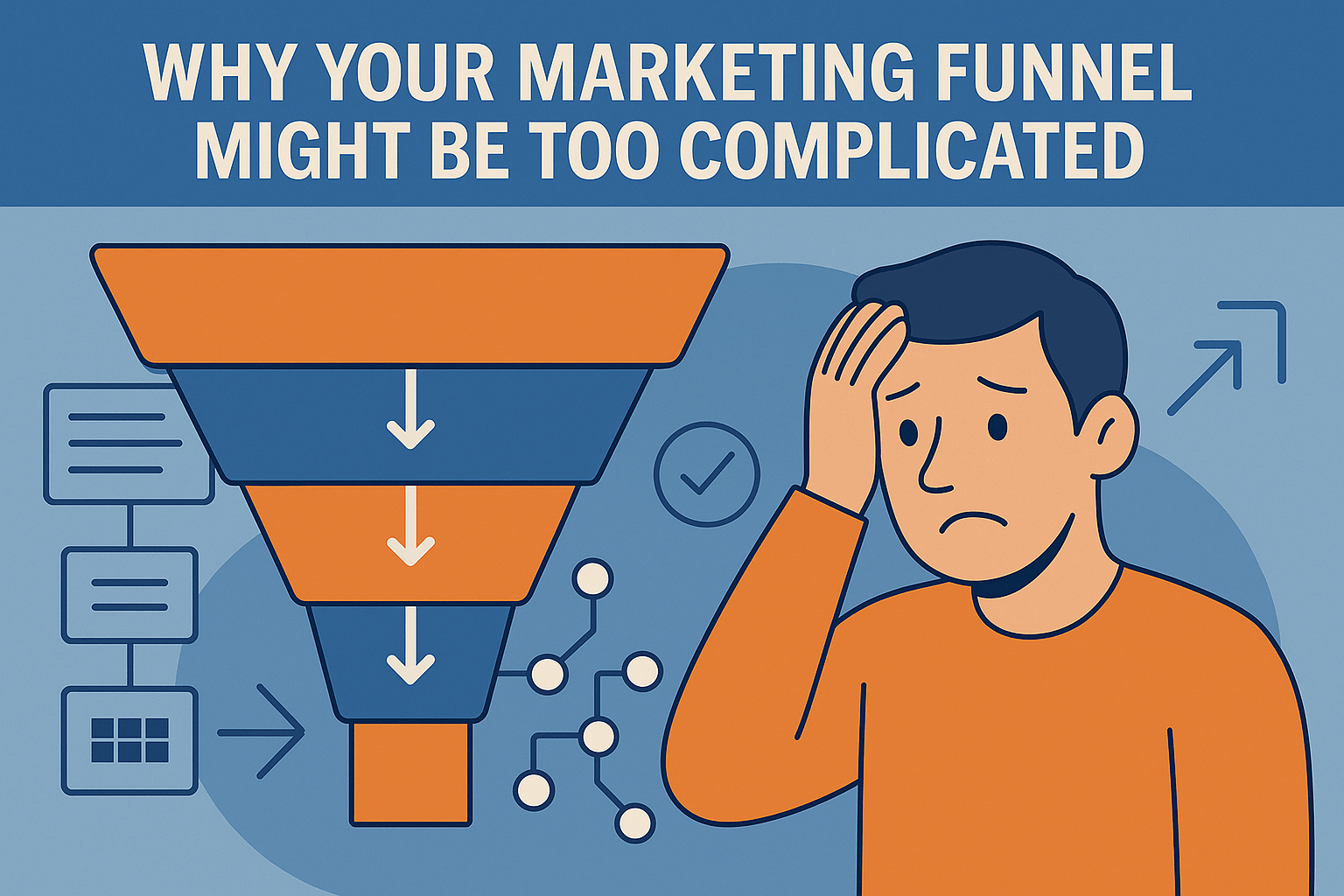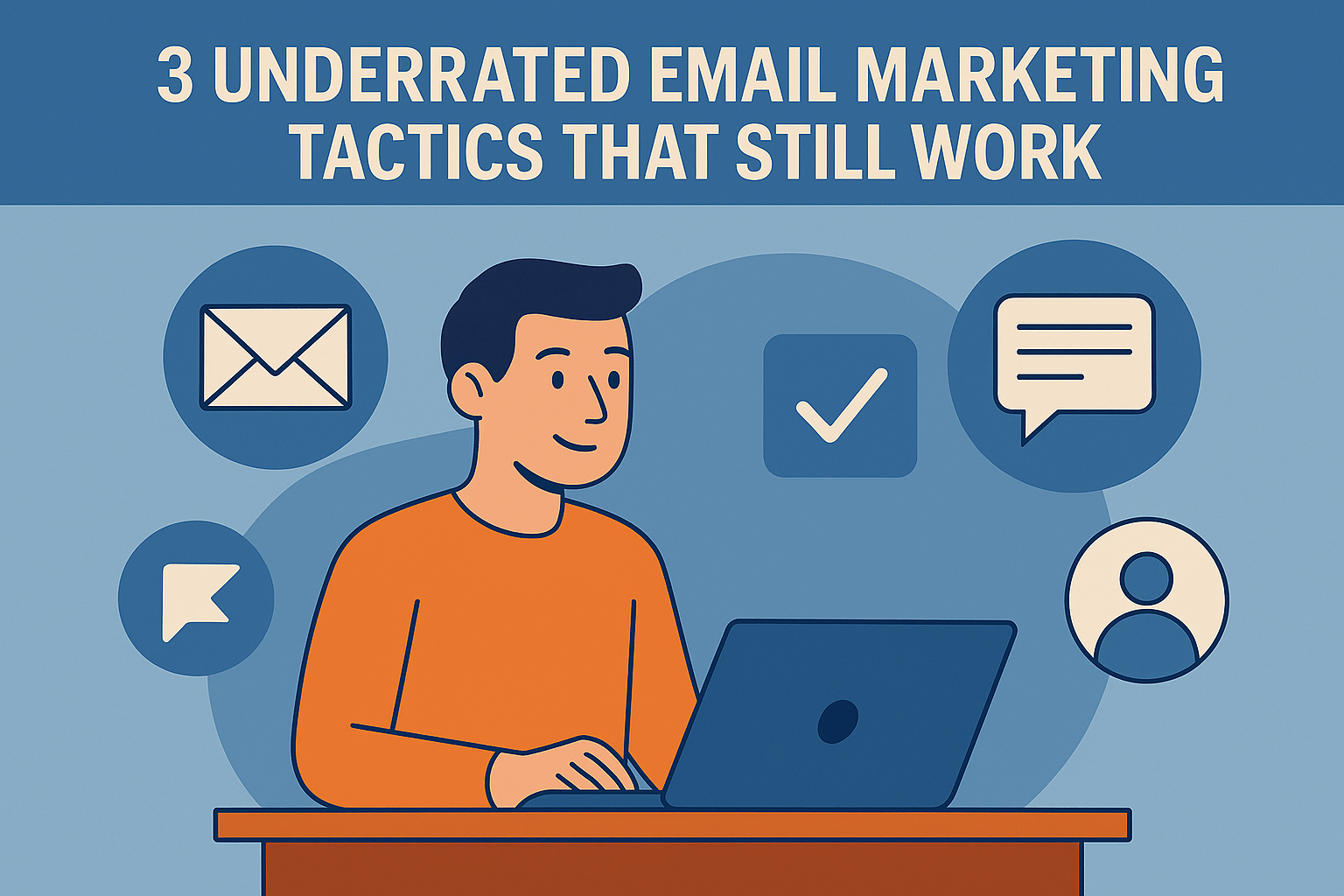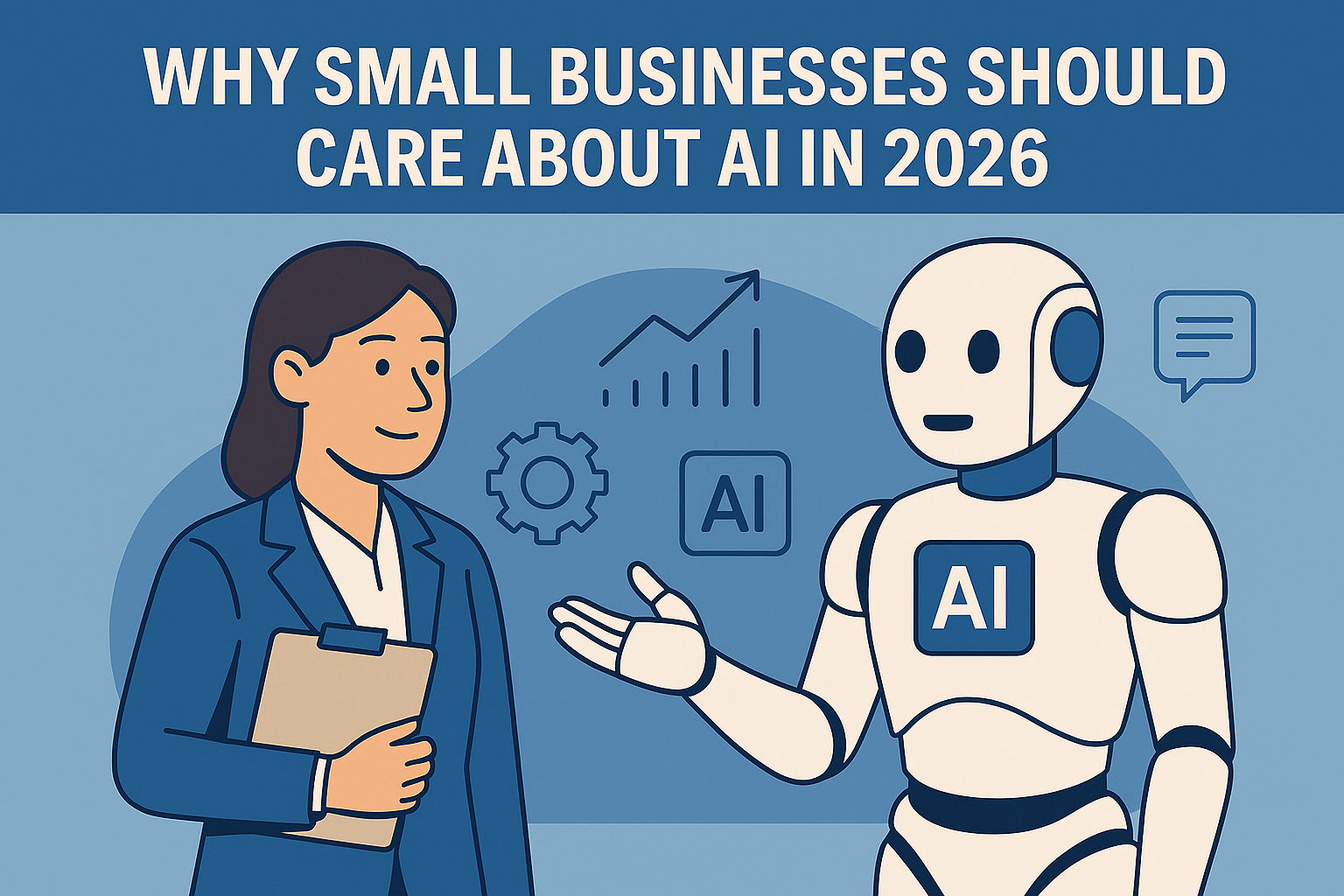Written by:
Published on:
Nov 5, 2025


Marketers love a good funnel. It’s the backbone of how we think about customer journeys—from awareness to purchase and beyond. But in the quest to build the “perfect” funnel, many businesses end up doing too much. Free guides, webinars, lead magnets, nurture sequences, retargeting ads, follow-ups—the list goes on. The truth is, a funnel that’s too complex can actually hurt conversions instead of helping them.
Every additional step you add to your funnel introduces another potential drop-off point. Maybe the user doesn’t sign up for your webinar, or they forget to open the follow-up email, or they simply lose interest halfway through the journey. The more hoops your prospects have to jump through, the fewer will make it to the finish line.
Simpler funnels often perform better because they reduce friction. A clean, direct path from discovery to conversion keeps your audience focused and confident in taking action.
The heart of a great marketing funnel isn’t how many steps it has—it’s how clear the value proposition is at every stage. When people know exactly what you’re offering and what to do next, they’re far more likely to convert. Instead of designing an elaborate, multi-layered system, focus on one strong call to action that aligns with your audience’s needs.
Clarity also helps your team. When everyone understands the funnel’s purpose, it’s easier to optimize, test, and measure results. Complexity often clouds accountability.
Every step in your funnel should answer one question: What’s in it for the customer? Whether it’s signing up for an email, downloading a guide, or booking a call, each interaction should feel like a fair trade of value. Too many funnels focus on pushing users along instead of rewarding their engagement.
By streamlining the process and making each exchange meaningful, you not only improve conversions but also build trust and goodwill.
When in doubt, trim. Cut out unnecessary stages, redundant emails, or overlapping offers. A simplified funnel doesn’t mean a weaker one—it often means a stronger, more focused system. Start with one clear entry point, one irresistible offer, and one compelling reason for people to take action. Once that’s working, you can always layer on more complexity later if it truly adds value.

Email marketing might feel like an old-school channel, but it’s far from...

Artificial intelligence isn’t just for tech giants anymore. Over the past few...

Remote work is no longer a temporary solution—it’s a defining feature of modern...